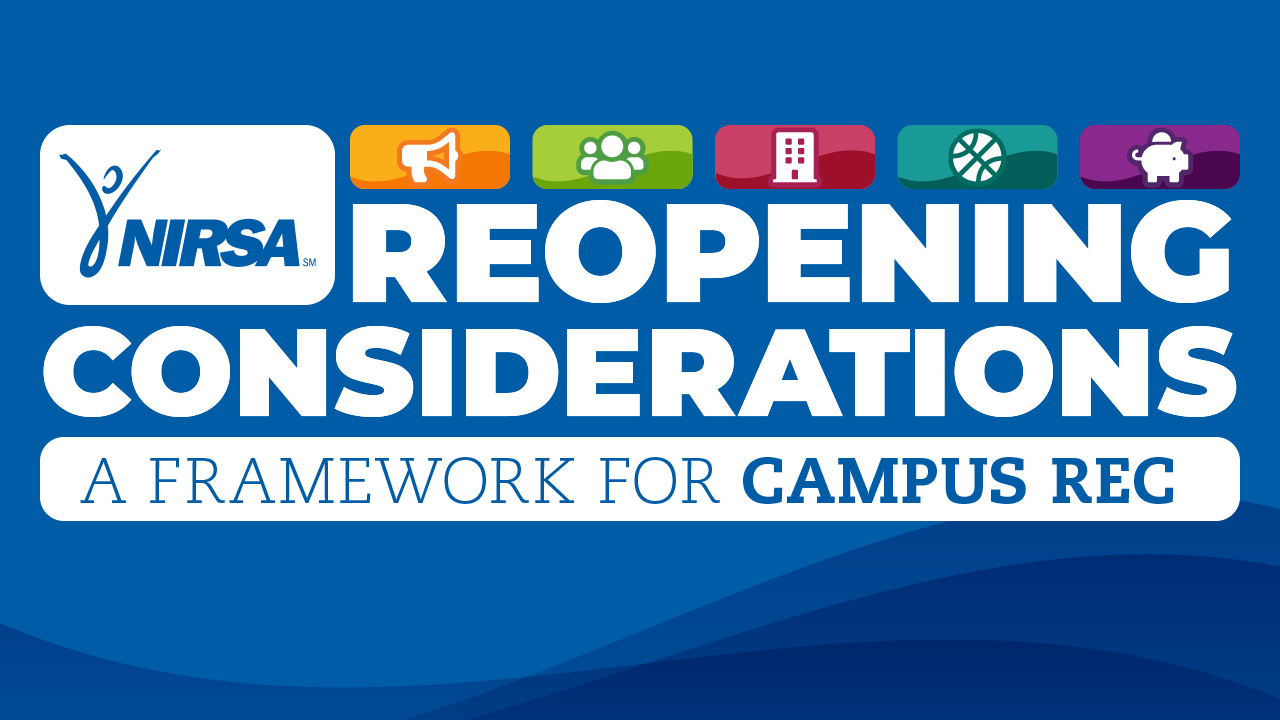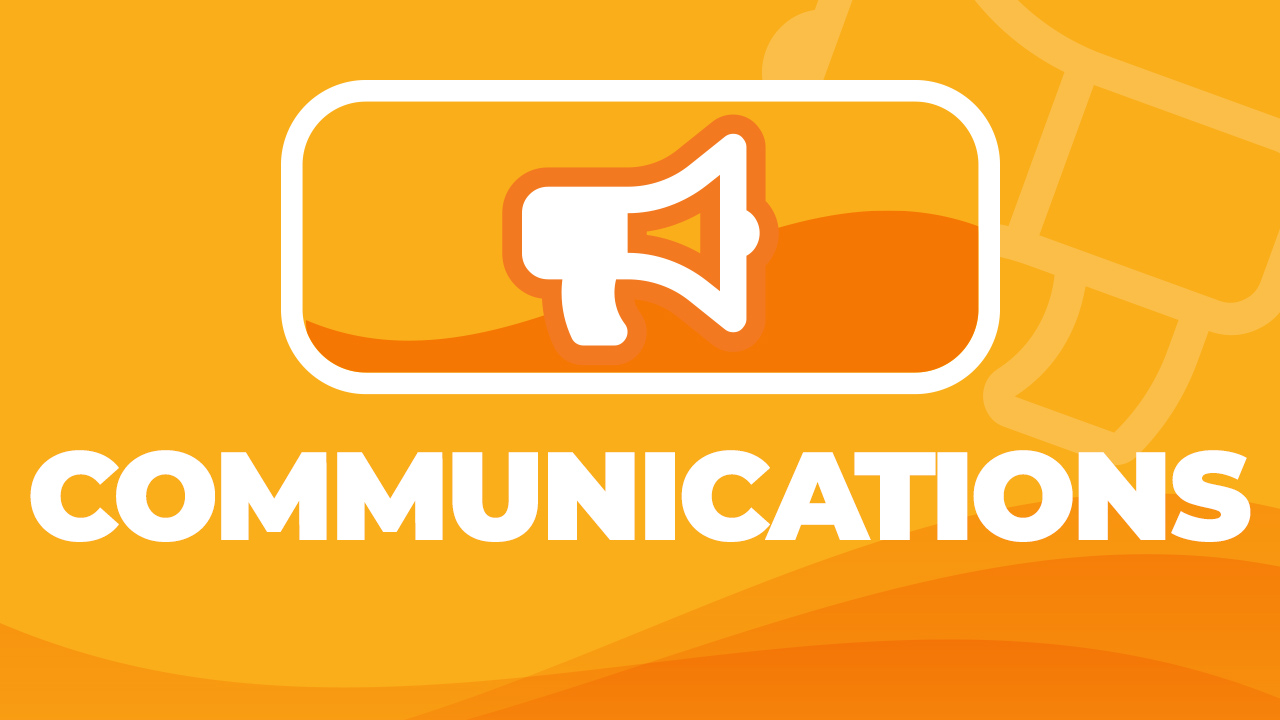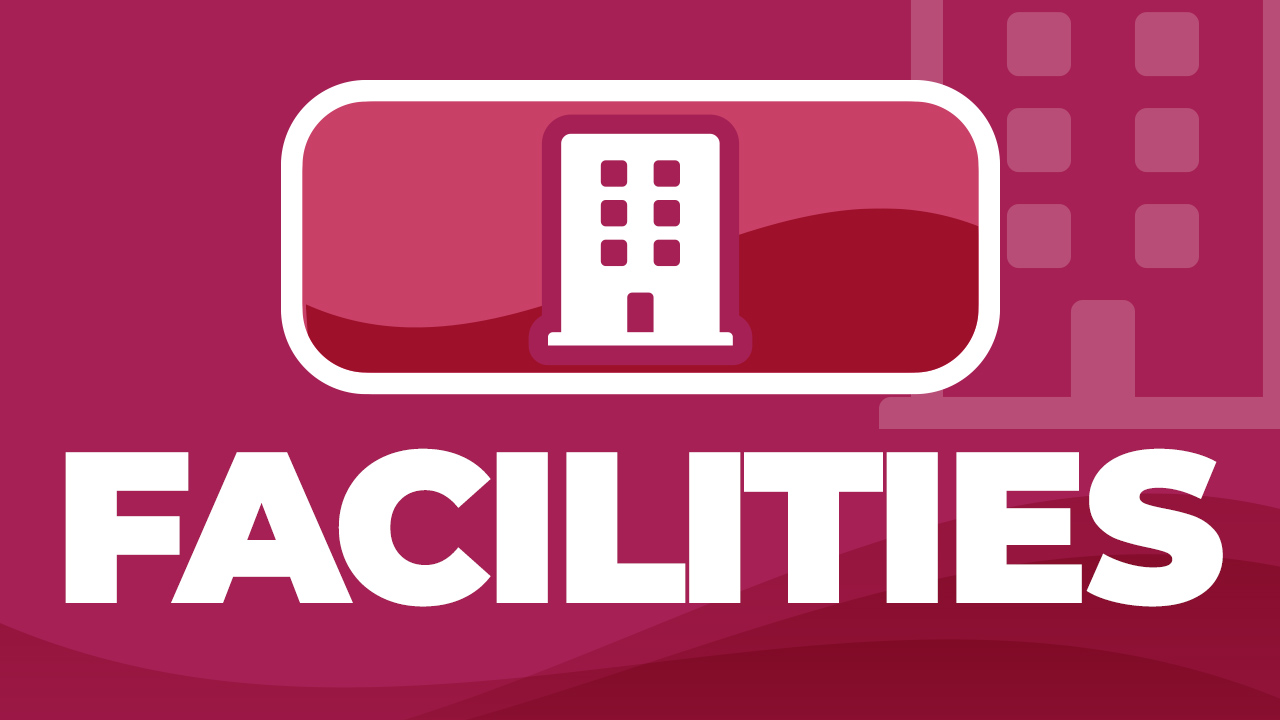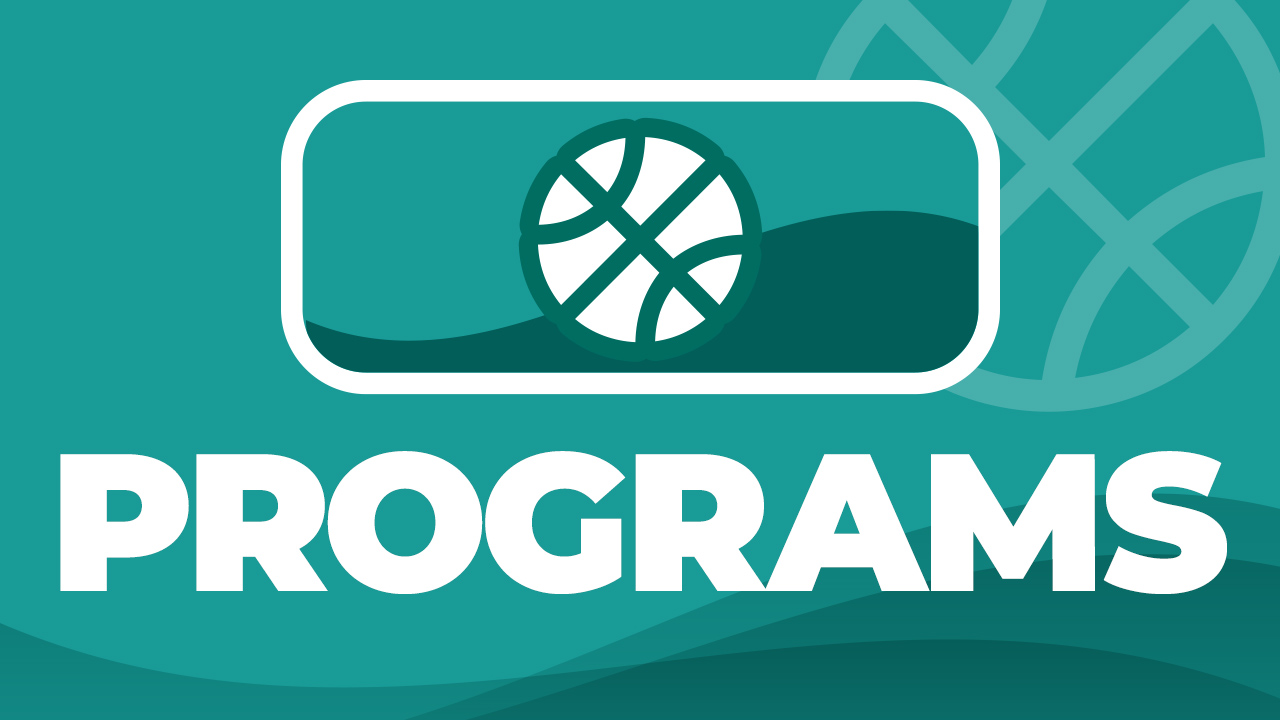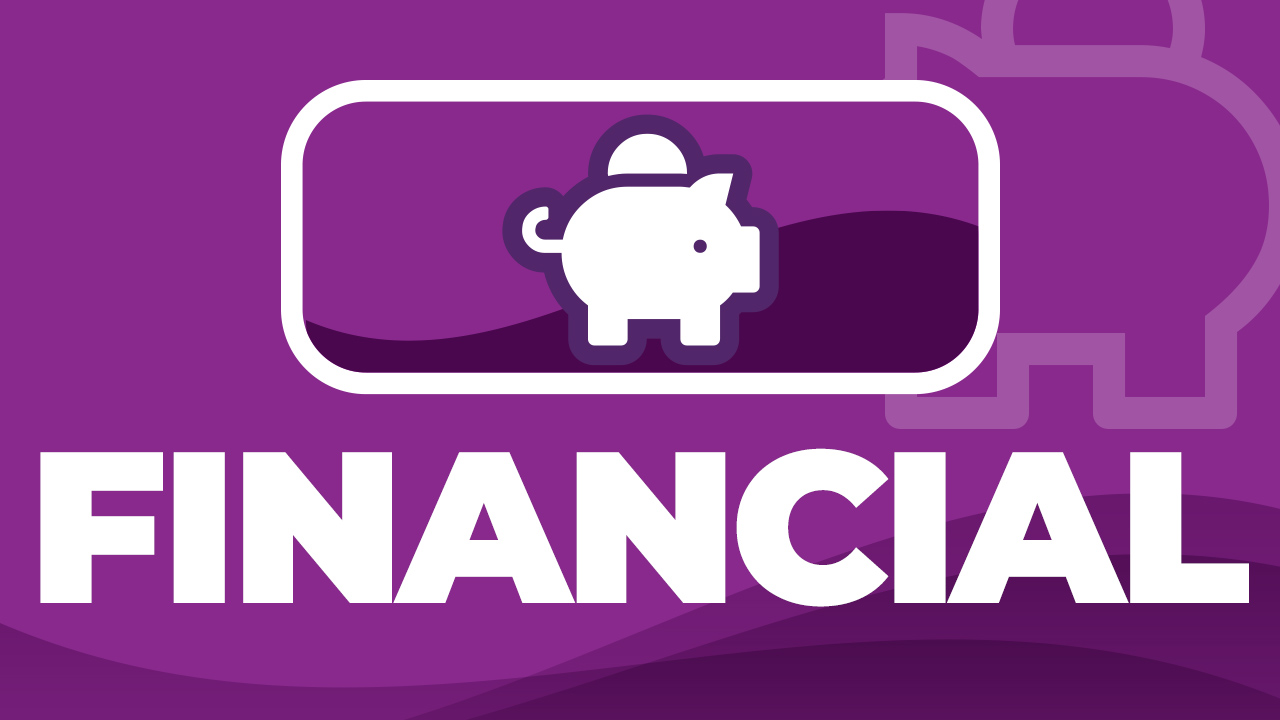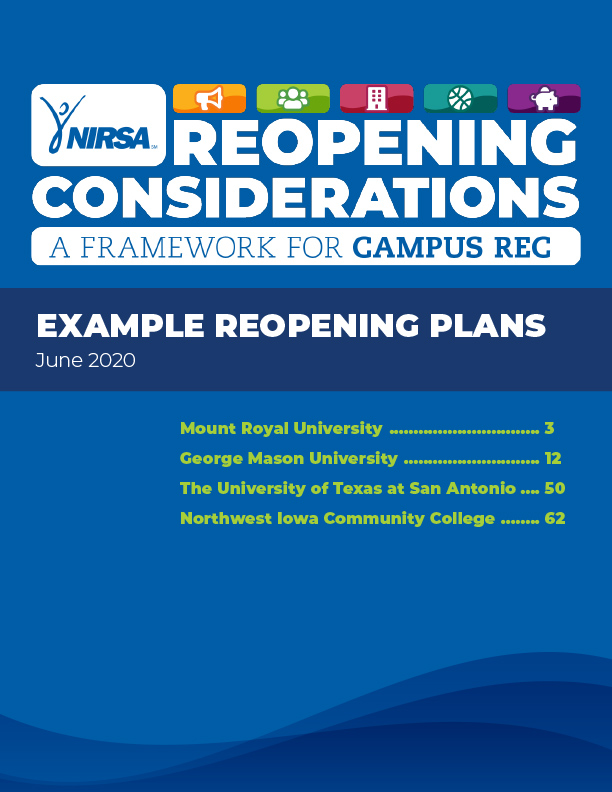Reopening Considerations for Campus Recreation
Communications
A reopening communication plan is key to establishing trust and confidence across your campus community. Your communication plan should account for the basic questions of Who, What, When, Why, and How.
Clear, consistent, and timely messaging is critical to ensuring a well-informed campus during a reopening or during periods of intermittent access and will help to ensure that everyone has a positive and safe experience.
Below you will find key questions and related considerations for developing a communications plan to support your reopening after COVID-19 related closures.
Considerations:
- Use clear, consistent, and on-brand communication regarding access guidelines and procedures to improve the safety of employees and customers
- Where are the best places to provide occupancy guidelines and new or different processes (e.g. activity space restrictions, advance booking systems, etc.)?
- Determine whether or not your staff has the right to refuse service to anyone exhibiting symptoms of COVID-19 or not following guidelines
- How do you plan to communicate expectations of participants?
- Is it possible to designate a spokesperson for the department and include the individual’s contact information on all marketing and messaging materials?
Considerations:
- Has your typical approval process to vet and receive approval to distribute information on your campus changed?
- Have you included or involved pertinent campus partners and stakeholders in the development of your communication plan?
- When appropriate, coordinate message content and timeline with campus partners, such as:
- Athletics
- Disability Support Services
- Environmental Health & Safety
- Security Services
- Staff Association
- Student Counseling
- Student Health/Wellness
- Student Union
- University Communication
Considerations:
- The majority of COVID-19-related messages will need to be sent proactively, and in some cases may need to be sent reactively
- Messages regarding access guidelines and procedures can be deliberately planned and released
- Create urgent messages (e.g. active COVID-19 cases) in advance so that they can be reviewed by campus partners
- Timing of the message is important and affects how much or how little visibility a message can achieve
Considerations:
- Alumni
- Clubs
- Contractors
- Faculty and staff
- Parents
- Professional and student staff
- Public members
- Rental groups
- Students
- Visitors
Considerations:
- Consider writing with representatives from your target audiences to help you tailor the message for each community.
- Define the desired outcome of each message and limit to not more than five key points
- Ensure the tone (e.g calmness, confidence, empathy) of your message aligns with the key points
- Communicate to your community what you are doing (e.g. cleaning and disinfection, health screening, etc) and what you are no longer doing (e.g. equipment rentals, towel service, etc) in an effort to minimize the spread of COVID-19
- Some of the ownership for physical distancing and safety must be placed upon facility users. This can be facilitated by strong marketing, messaging, and communication. This includes advice such as regular hand sanitizer use, including before and after exercise, and reminders not to touch your face while working out. If facility users do touch their faces, they should sanitize hands before continuing facility or equipment use.
- Shared equipment should be sanitized with a disinfectant before and after use, this includes free weights, mats, kettlebells, medicine balls, stability balls, bars, etc.
- How do you plan to communicate changes to occupancy guidelines and processes (e.g. activity space restrictions, advance booking systems, etc)?
- Consider communications to members about times when gym attendance may not be a good option (e.g. when they are taking care of someone who is COVID-19 positive, exhibiting symptoms of COVID-19, or if they fall into a high-risk category, etc.).
- Have a plan for communicating that the recreation center has the right to refuse service to anyone exhibiting symptoms of COVID-19 or not following related guidelines.
- If you plan to host summer camps, plan for more interactions with parents who may have additional safety concerns.
- Continue to include information on the benefits of being active in COVID-19 related communications.
- Is posting answers to FAQs online an option to help you limit inquiries to popular questions?
- Provide contact information and designate a spokesperson to respond to feedback in a timely and consistent manner
Considerations:
Depending upon the target audience, urgency of the message, frequency of communication, and accessibility, consider using some or all of these mediums:
- Direct email
- Digital (website, social media, apps, text message alerts, video, etc.)
- In-person
- Signage
- Press releases
- Dedicated website FAQ and comment/question page
- Can you employ staff to periodically announce physical distance guidelines and cleaning protocol reminders using the public address system?
- Is a prerecorded message about physical distance guidelines and cleaning protocol to use on the public address system?
- Facility signage and patron notices
- 6’ reminders
- Areas open for use
- Clean and Needs to be Cleaned
- Cleaning before and after use
- Cleaning measures
- Closed/Not available for use
- COVID screening
- Expected distancing behaviors
- Hand sanitizer stations
- Hand washing
- Occupancy numbers
- Personal belongings
- Traffic flow markings
- Where to stand
